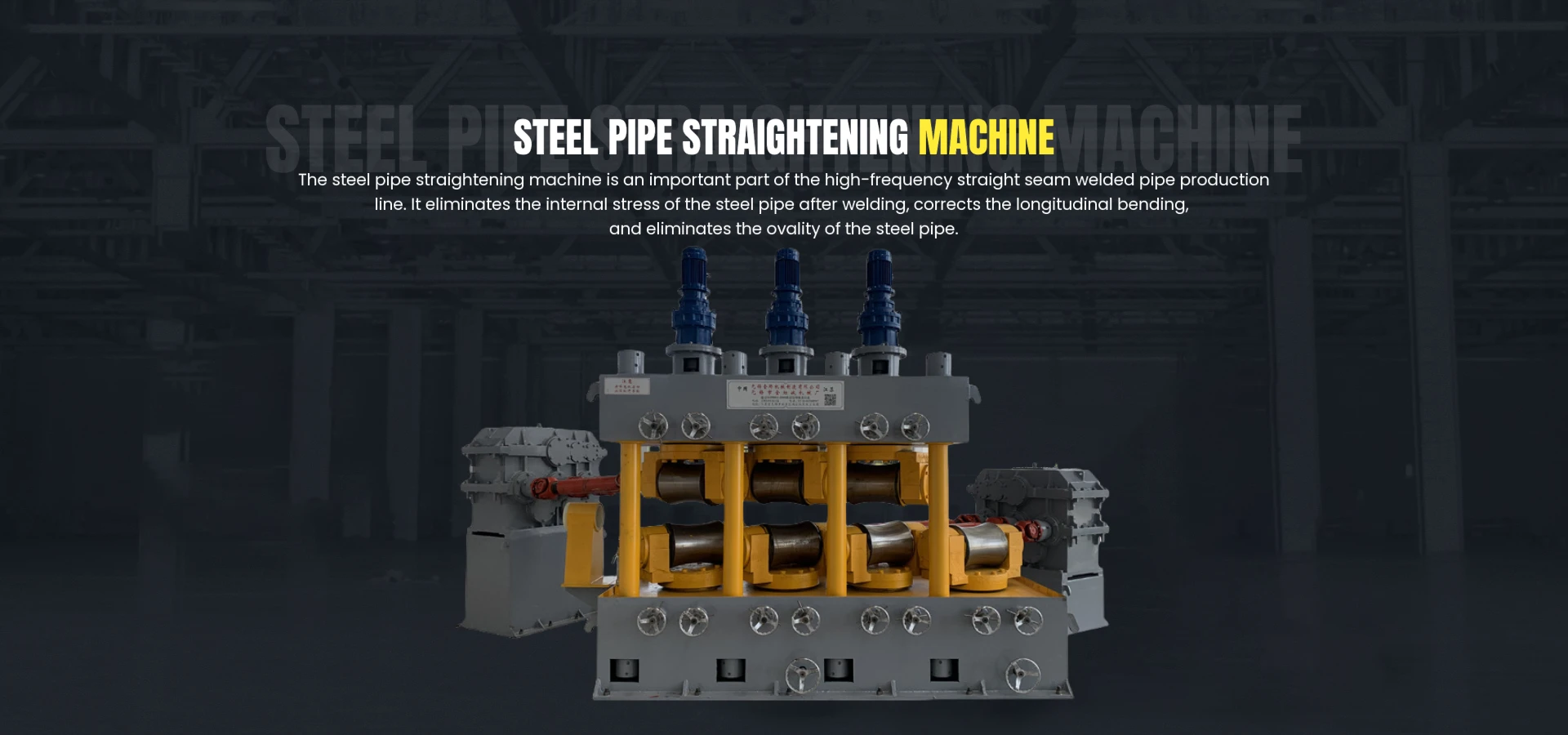Wire Unwinder for Efficient Material Handling Solutions
Wire Decoilers Essential Tools for Metalworking Industries
In the metalworking industry, efficiency, precision, and productivity are paramount. One crucial piece of equipment that aids in achieving these goals is the wire decoiler. This machine is instrumental for operations that involve the unwinding of wire coils for further processing, such as cutting, bending, or welding. Understanding the function, benefits, and types of wire decoilers can help businesses optimize their operations and enhance their overall workflow.
What is a Wire Decoiler?
A wire decoiler is a mechanical device designed to unwind coils of wire in an organized and controlled manner. Typically found in industries such as manufacturing, construction, and automotive, wire decoilers facilitate the feeding of wire into various machinery. These machines can handle a range of wire materials, including steel, aluminum, copper, and more, depending on the specific requirements of the operation.
Functionality and Operation
The primary function of a wire decoiler is to ensure that the wire uncoils smoothly without kink or damage. This is pivotal because any imperfections in the wire can lead to operational inefficiencies and compromised product quality. Most wire decoilers are equipped with features such as adjustable tension control, which allows operators to set the optimal unwind speed for different wire gauges. A more advanced decoiler may also integrate automatic sensors that monitor the wire feed and adjust accordingly, ensuring consistent performance.
The setup of a wire decoiler is typically straightforward
. The coil of wire is mounted on the decoiler, and the wire is threaded through to the next stage in the manufacturing process. Once in operation, the decoiler unwinds the wire, allowing it to be fed into machines such as wire benders, cutters, or welders with minimal resistance.Benefits of Using a Wire Decoiler
1. Improved Efficiency Wire decoilers enhance production efficiency by reducing downtime traditionally associated with manually unwinding wire coils. Automated machines eliminate the need for constant supervision, enabling workers to focus on other critical tasks.
2. Consistent Product Quality By facilitating a smoother unfurling of wire, decoilers minimize potential damage to the wire, thereby maintaining its integrity. This consistency is vital for producing high-quality products and ensuring that manufacturing specifications are met.
3. Versatility Modern wire decoilers are designed to accommodate various coil sizes and wire materials, making them suitable for different applications. This versatility allows manufacturers to adapt to changing production demands without needing multiple specialized machines.
wire decoiler

4. Safety Manual handling of heavy wire coils can pose safety risks to workers. Wire decoilers mitigate this risk by automating the unwinding process, reducing the physical labor required and lowering the likelihood of accidents.
5. Space-Saving Design Many contemporary wire decoilers are designed to be compact, allowing businesses to optimize their workshop layouts without sacrificing performance. This efficient design is particularly advantageous for smaller operations with limited floor space.
Types of Wire Decoilers
Wire decoilers come in various configurations depending on the specific needs of the operation. Some common types include
1. Manual Decoilers These require operator involvement to unwind the wire, typically used for smaller operations or in situations where an automated solution is not feasible.
2. Semi-Automatic Decoilers These machines offer a mix of manual and automated functions, requiring some operator input while also providing automated unwind capabilities.
3. Fully Automatic Decoilers Designed for high-volume operations, these machines operate autonomously, integrating with other automated machinery for seamless production processes.
4. Mobile Decoilers These portable units can be easily moved around the workshop, providing flexibility in manufacturing configurations.
Conclusion
In conclusion, wire decoilers are indispensable tools in the metalworking industry. They streamline operations, increase productivity, and enhance product quality while improving safety for workers. As technology advances, the wire decoiler will likely continue evolving, incorporating smarter features and greater automation capabilities. Organizations seeking to optimize their production processes would do well to invest in this essential piece of machinery, ensuring they remain competitive in a fast-paced and ever-changing market.
-
High Frequency Straight Seam Welded Pipe Production Line-BzZhou Xinghua Machinery Equipment Manufacturing Co., LTD.|Precision Welding, High EfficiencyNewsJul.30,2025
-
High Frequency Straight Seam Welded Pipe Production Line|BzZhou Xinghua|Precision Welding&EfficiencyNewsJul.30,2025
-
High Frequency Straight Seam Welded Pipe Production Line - BzZhou Xinghua|Precision Engineering&EfficiencyNewsJul.30,2025
-
High-Frequency Straight Seam Welded Pipe Production Line-BzZhou Xinghua Machinery Equipment Manufacturing Co., LTD.NewsJul.30,2025
-
High-Frequency Straight Seam Welded Pipe Production Line-BzZhou Xinghua Machinery Equipment Manufacturing Co., LTD.|Precision Manufacturing, High EfficiencyNewsJul.30,2025
-
High Frequency Straight Seam Welded Pipe Production Line-BzZhou Xinghua Machinery Equipment Manufacturing Co., LTD.|Precision Steel Pipe Manufacturing&Industrial EfficiencyNewsJul.29,2025


